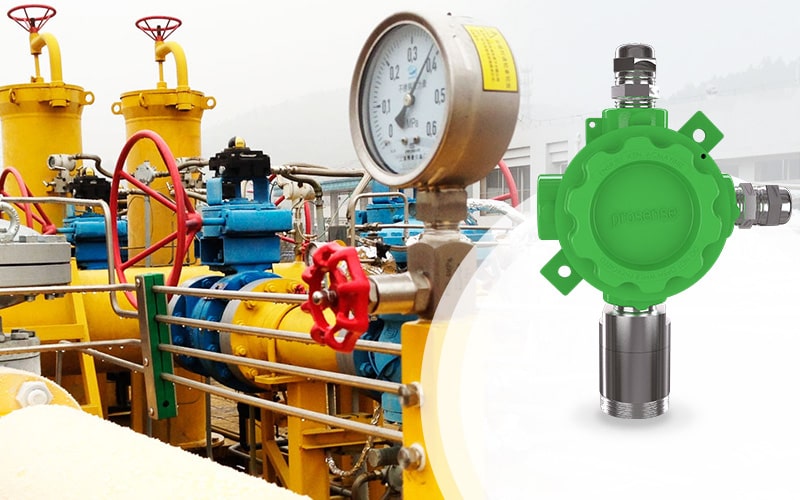
Gas Distribution
Combustible and toxic gas detectors for storage plants and distribution centers.
We accept many risks in life. The same is true for energy production, transportation and consumption. There are risks and regulations are in place to minimize them. We continue to live with these risks because of the value we place on cheap and affordable energy. But taking action to minimize risks is both a humanitarian and a legal obligation.
Natural gas transportation requires a complex transport system that must be safe and reliable. Natural gas passes through a complex pipeline system that includes elements such as pipes, valves, compression stations, pressure regulating stations, metering stations, pressure vessels, vibration dampers and safety valves.
There are three main types of natural gas pipelines that vary in size and internal pressure: collection systems, transmission systems, and distribution systems. Collection pipelines collect raw Natural Gas from production wells; transmission pipeline transports natural gas to pre-treatment facilities or storage facilities. The distribution system is the last part of the transportation system and enables the distribution of natural gas to end-users.
Natural gas pipeline failure can have consequences that could pose a significant threat to humans or the environment. Natural gas companies need to assess the negative risks. Possible dangerous consequences from leaks must be assessed and companies must decide on measures. Gas detection is the first priority for the security of systems.
Another issue is the aging of systems. While steel is used in most natural gas transmission system pipes, plastic pipes have been dominant in gas distribution systems in the last 30 years. The problem lies in the old pipelines. Steel replaced cast iron in the 1950s, but that means there are plenty of old cast iron pipelines still in service.
Old lines need to be replaced but are not required by law. The cost of replacing these pipelines could exceed $ 1 million per mile, with costs incurred on consumers. As they age, they will begin to rot and crack. They are also vulnerable to ground slips that put additional stress on the pipeline.
It also needs to be compressed to a certain pressure to deliver gas to customers. There are measures to prevent overpressure, but these measures may be insufficient. A pressure surge in the aging pipeline can easily cause a leak or catastrophic failure.
Prosense offers you solutions for all of these stages. You can consult us for economical and reliable solutions for natural gas detection.
